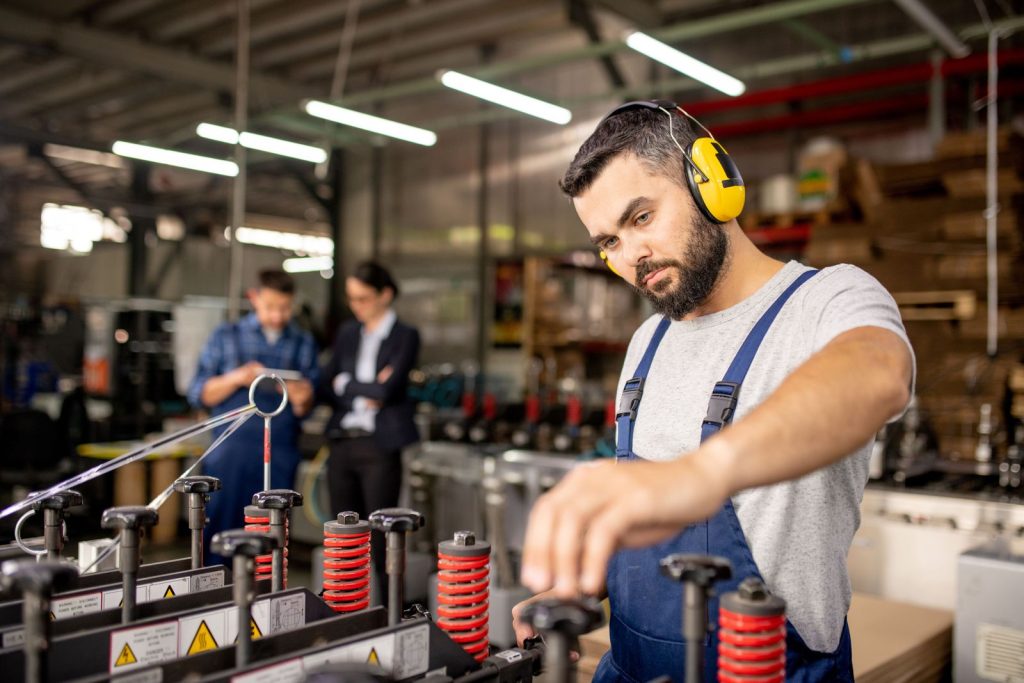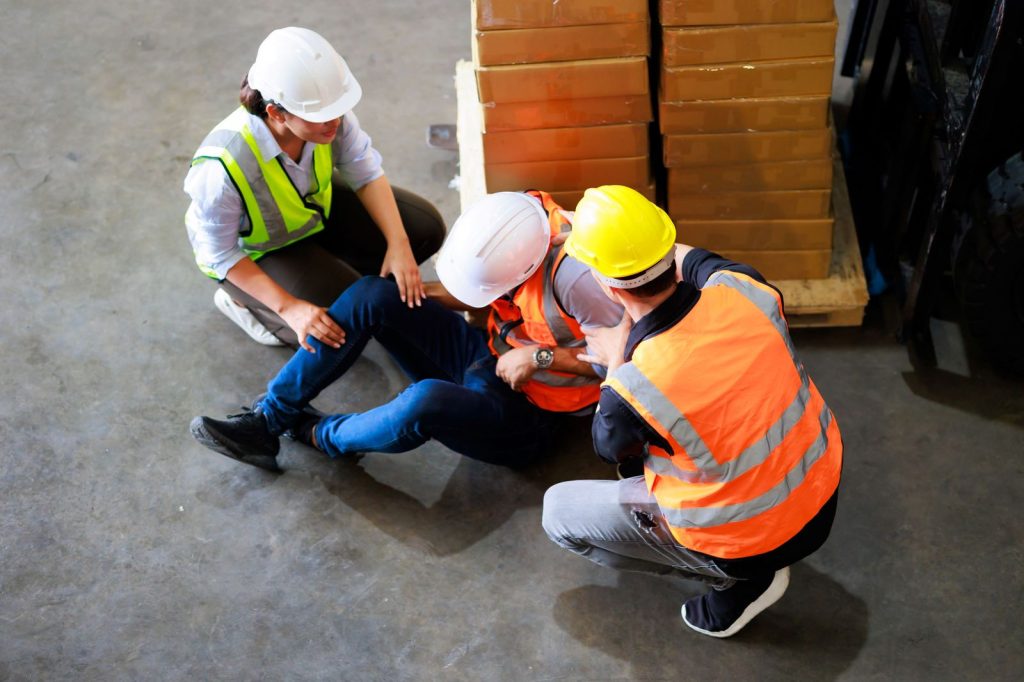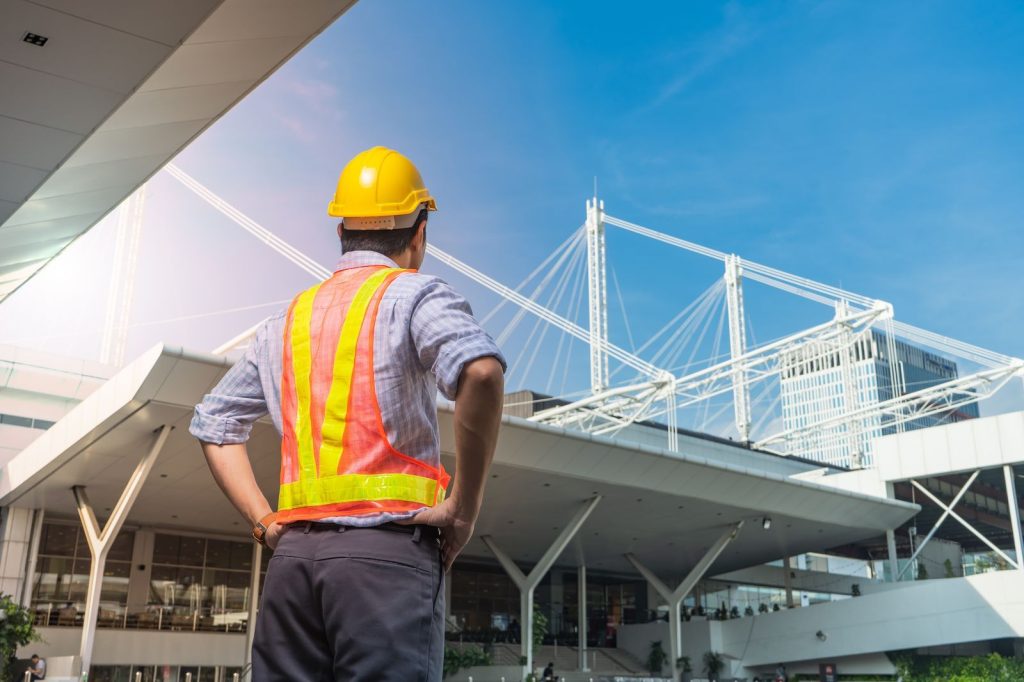Safety In The Iron Industry
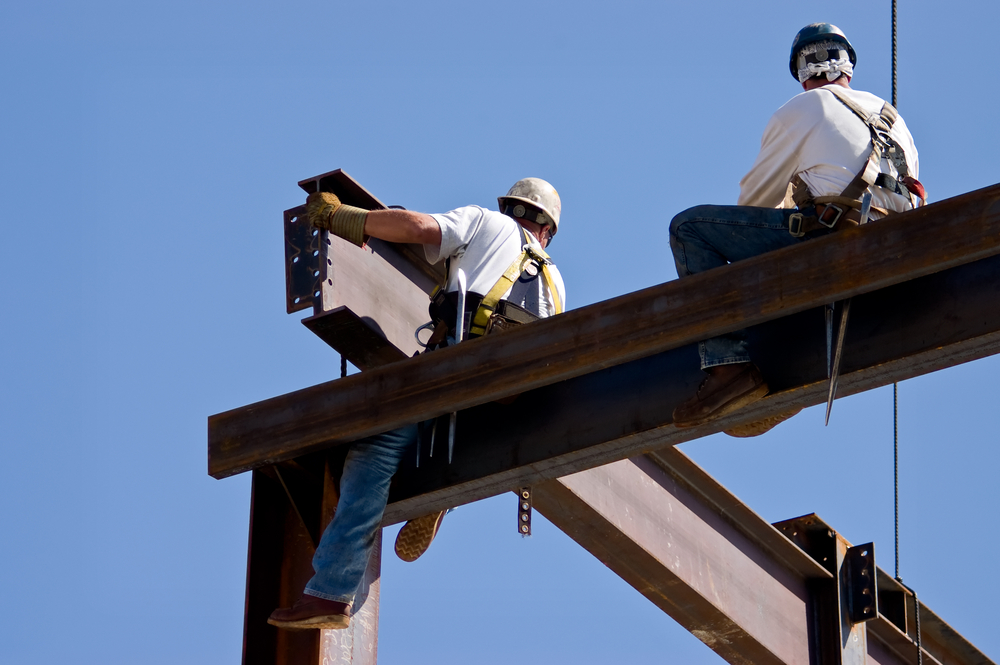
In the 1800s, working in the iron industry was probably synonymous with drudgery. According to the Department of the Interior Census of 1883, iron workers in the United States labored in hot and dangerous working conditions during 69 hour work weeks! Their payment for such long and dangerous work? In December of 1871, ironworkers in the Sixth Ward at the Allentown Iron Works, the Allentown Rolling Mill, and the Allentown Foundry and Machine Works in Pennsylvania earned between $1.90 and $5.00 a day!
Fast forward a century and a half, and the iron industry continues to play a major role in our nation’s economy. Fortunately, working conditions and labor laws have improved dramatically in modern times, making iron workers one of the faster-growing occupations in the country. The Bureau of Labor Statistics (BLS) finds that of the roughly 95,900 iron workers in the United States, the median pay was $53,210 per year in 2020, or roughly $25.58 per hour. The job outlook from 2019 to 2029 is expected to grow faster than the average, with an expected 5 percent increase in employment opportunities for iron workers across the country.
Despite the improvement in pay and conditions, iron worker safety continues to be a serious issue. The threat of falls, cuts, and serious burns while working around extreme heat all pose risks to ironworker health and safety. Below, we take a look at some of the statistics on injuries within the iron industry, and then offer some tips for how companies within this industry can implement policies, protocols, and workplace conditions to improve iron worker´s safety.
Injury Statistics In The Iron Industry
Today, most iron workers spend the majority of their time erecting and installing steel beams that create the frameworks for commercial and residential buildings. Because many of these structures are several stories high, the work requires a great deal of climbing and balancing in high places. In recent years, stricter federal safety standards have required the use of safety devices like nets and scaffolding. Despite these measures, iron workers still face a high risk of sustaining severe work-related injuries.
Falls and being crushed by heavy equipment and building elements are the two main causes of death according to one industry expert. When compared to all the other trade occupations, iron workers are the most likely to be injured on a construction site. Furthermore, the extensive welding that iron workers do is another source of workplace injuries, often leading to severe burns.
According to one construction accident lawyer website: “A search on the OSHA website reveals over 350 reported ironworker construction accidents. … According to the Bureau of Labor Statistics, ironworkers rate among the top ten most dangerous jobs in the United States. In 2005, iron and steel workers suffered 47 deaths for every 100,000 workers.”
Policies, Protocols, and Workplace Conditions to Improve Iron Worker´s Safety
So what exactly can companies within the iron industry do to better protect their workers?
Firstly, companies within the iron industry need to adhere to all federal guidelines regarding the use of nets, scaffolding, safety harnesses, and other Personal Protective Equipment (PPE) that protect workers from dangerous falls. The Occupational and Safety Health Administration (OSHA) offers this detailed guide covering fall protection requirements of various construction projects. In general, however, the trigger-height for fall protection is 15 feet for all steel erection activities other than connecting and decking. This includes activities such as bolting, welding, plumbing, detail work, etc.
Secondly, with dangerous “heat domes” and heat waves becoming more common, companies in the iron industry need to enact policies which protect their outdoor iron workers from potential heat-related health problems. These policies can include providing water and encouraging frequent water breaks for workers, providing cooling rooms, teaching workers about hydration and rehydration, and training them to identify the first signs of heat illness and what to do in an emergency.
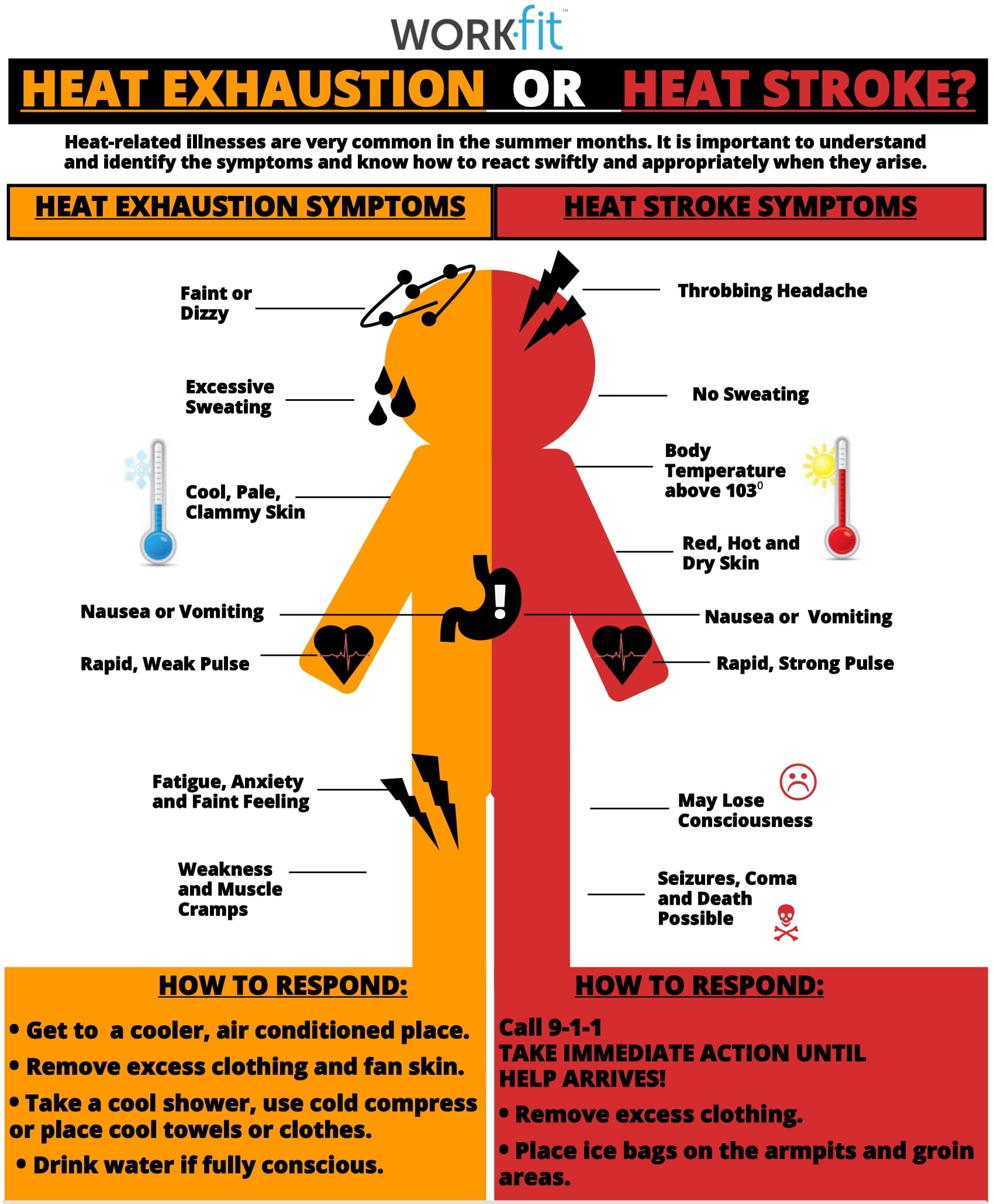
For ironworkers who are involved in welding, proper training in the use of all machinery and PPE is another crucial element. Personal Protective Equipment should be provided to all workers in order to prevent burns that are common in welding.
Make Your Safety Protocols Ironclad With Work-Fit
If your business operates within the iron industry, hiring a third-party contractor like Work-Fit is a great strategy to meet your needs in injury prevention and help ensure your company’s OSHA compliance regulations.
Work-Fit is the leader in onsite and telehealth injury prevention and management across major industries like ironworks. Our workplace injury prevention and wellness injury management programs are a great resource to help prevent musculoskeletal injuries, control heat stress issues, develop safety protocols and help iron companies best prepare for OSHA compliance. Quality injury prevention programs also play a major role in lowering worker’s injury claims in order to save your employees’ health – and your bottom line.
Contact Work-Fit today to see how we can help your company improve your workplace health and safety protocols for ironworkers!

